2021 Investment Outlook
The restoration economy
2021 Investment Outlook
The restoration economy
The restoration economy is one where global growth moderates again after the extraordinary rebound in activity we’ve experienced over the past six months. It also refers to our forecasts for returns.
2021 Investment Outlook
I am pleased to say there are still many interesting opportunities around the world for investors. We see attractive valuations in global credit, emerging markets and alternative asset classes. Asia in particular is a bright spot.
What happened to markets in 2020?
It was an unusual twelve months for financial markets, much like just about everything in 2020. Investment returns were ultimately quite strong despite the worst recession since the Great Depression.
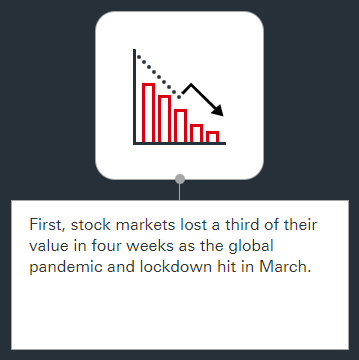 |
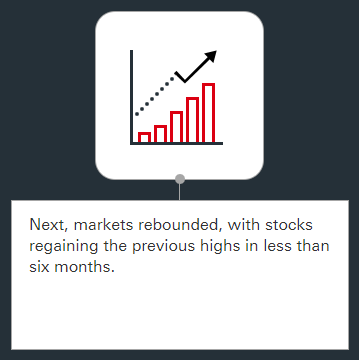 |
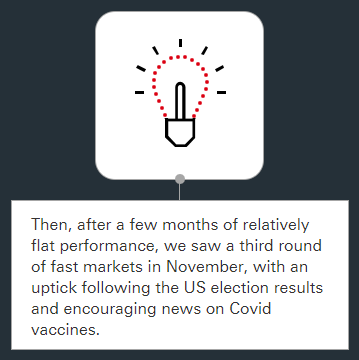 |
A few key points can sum up this extraordinary year:
First, stock markets lost a third of their value in four weeks as the global pandemic and lockdown hit in March.
Next, markets rebounded, with stocks regaining the previous highs in less than six months.
Then, after a few months of relatively flat performance, we saw a third round of fast markets in November, with an uptick following the US election results and encouraging news on Covid vaccines.
Irrational as this roller-coaster ride may seem, there are underlying reasons for this market behaviour.
Policy support
Governments committed huge sums of money to support businesses and individuals that lost income due to restrictions aimed at curbing the spread of Covid-19. Central banks were also quick in delivering bold policies to help stabilise economies and financial markets.
This combination prevented a prolonged global economic slowdown and sparked the rapid market rebound. It is important to note that investment markets are forward-looking, with valuations based on the future earnings potential of companies. As such, markets always lead the economy in the recovery phase.
Digital economy growth
An important investment trend has been the divergence between digital economy stocks and cyclical sectors, such as materials or energy. The former is up more than 40 per cent, with the latter down ten per cent this year.
Lockdowns have accelerated the shift toward the digital economy and helped tech profits. With tech firms such as Apple and Microsoft making up a large proportion of stock market indices, this has been key to driving broad market gains since March.
Looking ahead
Following the recent rally we expect investment returns to be more muted going forward.
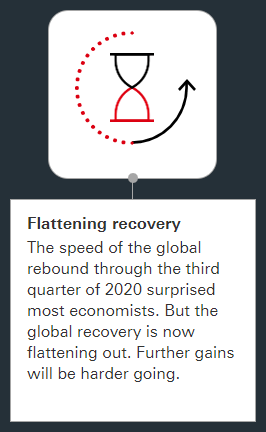 |
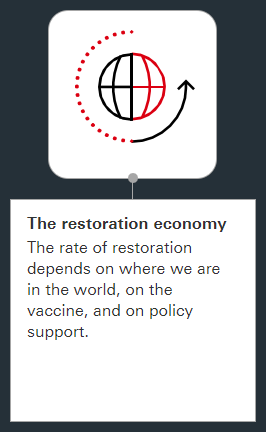 |
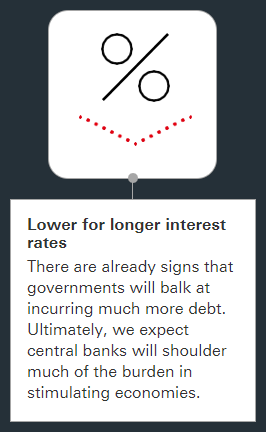 |
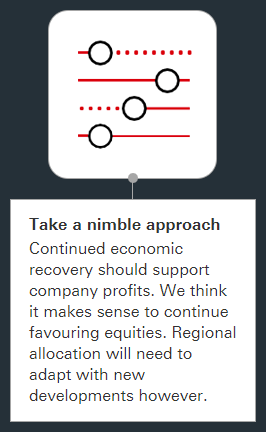 |
Flattening recovery
The speed of the global rebound through the third quarter of 2020 surprised most economists. But the global recovery is now flattening out. Further gains will be harder going. Economic activity remains below where it was at the end of 2019 – except in China.
The restoration economy
We are in the ‘restoration economy’ phase. The rate of restoration depends on where we are in the world, on the vaccine, and on policy support. The good news is that the vaccine looks set to become widely available through 2021, although at different times for different parts of the world.
Lower for longer interest rates
Continued policy support is expected, but there are already signs that governments will balk at incurring much more debt. Ultimately, we expect central banks will shoulder much of the burden in stimulating economies. This could mean low interest rates for the foreseeable future.
Take a nimble approach
Continued economic recovery should support company profits. We think it makes sense to continue favouring equities. Regional allocation will need to adapt with new developments however. A faster vaccine for instance, will benefit the laggard markets from 2020 (Europe, Latin America, Southeast Asia).
Building a portfolio strategy
Within portfolio allocations we believe it will be important to be active.
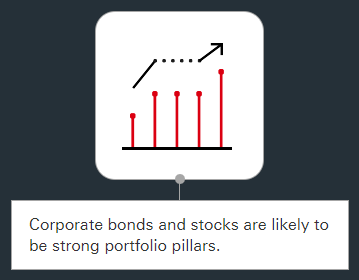 |
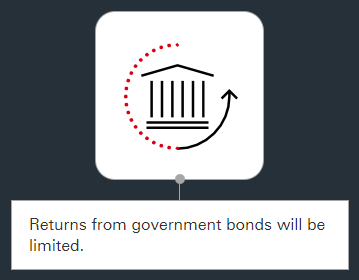 |
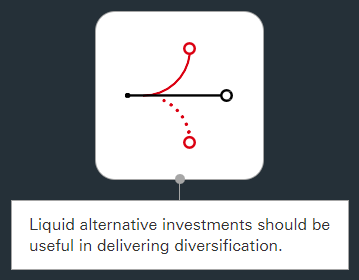 |
Improving company profits bodes well for corporate bonds, along with stocks, positioning them favourably as portfolio pillars.
With interest rates near zero and expected to remain there for a very long time, this limits potential returns and diversification benefits from government bonds. While they can always play a role in portfolios as a less risky asset, we think it is important investors have exposure to other types of assets to deliver effective diversification.
Liquid alternative investments, such as trend-following strategies, are a worthy option.
These strategies buy or sell trending assets to take advantage of persistence in those trends (that is, buying when asset prices are going up and selling when prices are going down). As such, their performance is not dependent on the direction of broader markets.
Within portfolio allocations we believe it will be important to be active.
Current investment trends such as the strong performance of digital economy stocks may create opportunities for those assets that have lagged this year. For instance, stocks in Europe and Latin America, and particular industries such as banks, hotels and transport, have lagged due to being more durably affected by the pandemic.
Overall, we believe that there is now a stronger case for these markets. However, the turning point will depend on factors such as wide scale availability of a vaccine and economic growth momentum. In the coming weeks and months we may see market swings as relevant news develops. A disciplined strategy will help navigate these fluctuations.
Don’t dump today’s stock winners
Markets that have done well, such as the US and North Asia, have done so for a reason and should continue to be part of your portfolio.
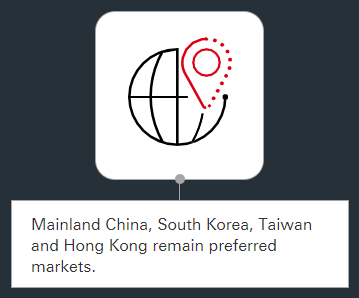 |
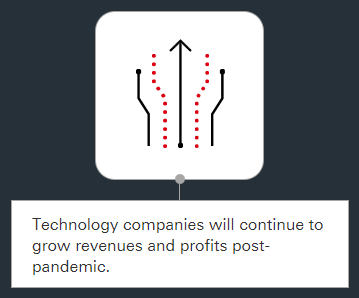 |
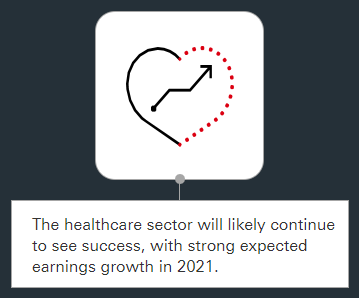 |
Importantly, markets that have done well, such as the US and North Asia, have done so for a reason and should continue to be part of your portfolio.
With Covid-19 continuing to dominate headlines, industrialised Asia, specifically mainland China, South Korea, Taiwan and Hong Kong, remain preferred markets for us going into 2021. Economic strength and corporate earnings in Asia (especially North Asia) stand out relative to the rest of the world due to varying levels of success in containing the virus outbreak. China, being ‘first-in-first-out’ of the Covid crisis, continues to benefit from a rapid economic recovery.
We also think that tech and healthcare stocks will continue their upward path over the long run.
Their long-term prospects remain intact. Technology companies are just as likely to benefit from a subsequent economic recovery as others. While some work-from-home enabling companies might lose their edge in the post-pandemic world, most tech companies that have reaped the rewards of lockdowns and social distancing will continue to grow their revenues and profits. The shift to online appears here to stay.
Similarly, the healthcare sector, which took centre stage amidst the public health crisis, will likely continue to see success backed by strong expected earnings growth in 2021. We favour companies with established research and development capabilities and those pushing for innovation within the industry.
A closer look at bonds
Where can investors look for higher income and return potential?
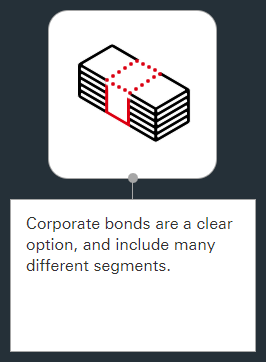 |
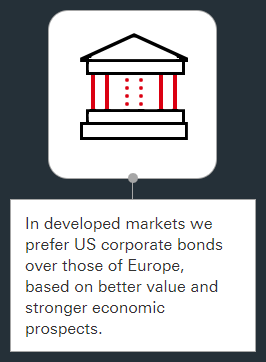 |
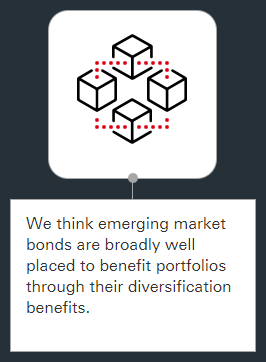 |
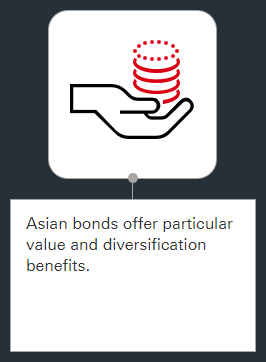 |
'Lower-for-even-longer’ interest rates
When accounting for inflation, interest payments received on long-term US government bonds are now less than zero per cent.
So, where can investors look for higher income and return potential? Corporate bonds are a clear option, and include many different segments. Given that the strength of economic recovery will vary around the world, impacting company profits and cash available to support interest payments, a regional approach has benefits.
In developed markets we prefer US corporate bonds over those of Europe, based on better value and stronger economic prospects. We think emerging market bonds are broadly well placed to benefit portfolios through their diversification benefits. Higher interest payments along with potential for price appreciation are appealing, and expectations for a weaker dollar will benefit bonds issued in their local currencies.
Asian bonds offer particular value and diversification benefits.
We expect Asian bonds to rise next year based on three factors:
- International recognition of resilient corporate balance sheets and profitability
- Asia transitioning from emerging to developed market status
- Greater global demand for Asian bonds
No matter the region, there will be segmentation between winners and losers. Risks may be accentuated in some bonds with lower credit ratings, magnifying the importance of expertise in selecting bonds.
Incorporating sustainability
Investment strategies incorporating ESG are growing fast and now account for over a quarter of professionally managed assets globally. Examples of common ESG issues:
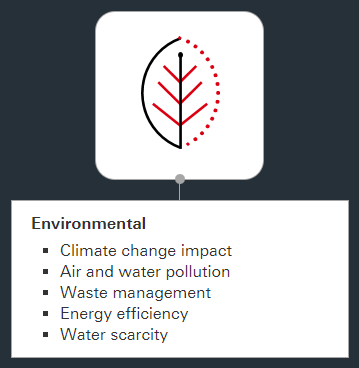 |
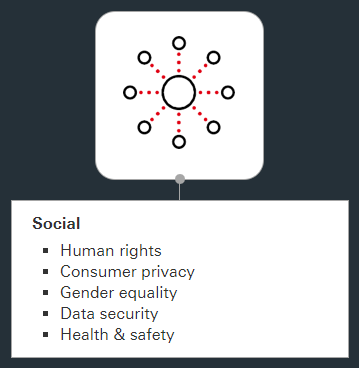 |
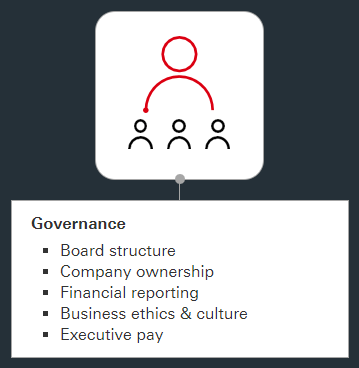 |
Sustainability has taken a centre role for economies and corporations.
With climate change, for instance, investors need to prepare themselves for a transition to net-zero emissions across economies faster than previously expected. This year’s acceleration of electric vehicle sales offers a glimpse at this transition gaining speed.
Investment portfolios should pursue opportunities and protect against relevant downside risks that may become much more central risk scenarios.
We believe ESG analysis should only become a more integral component of any investment strategy.
The value of investments and any income from them can go down as well as up and investors may not get back the amount originally invested. Past performance is not a reliable indicator of future performance. Any views and opinions expressed are subject to change without notice. Any forecast, projection or target where provided is indicative only and is not guaranteed in any way. We accept no liability for any failure to meet such forecast, projection or target.

